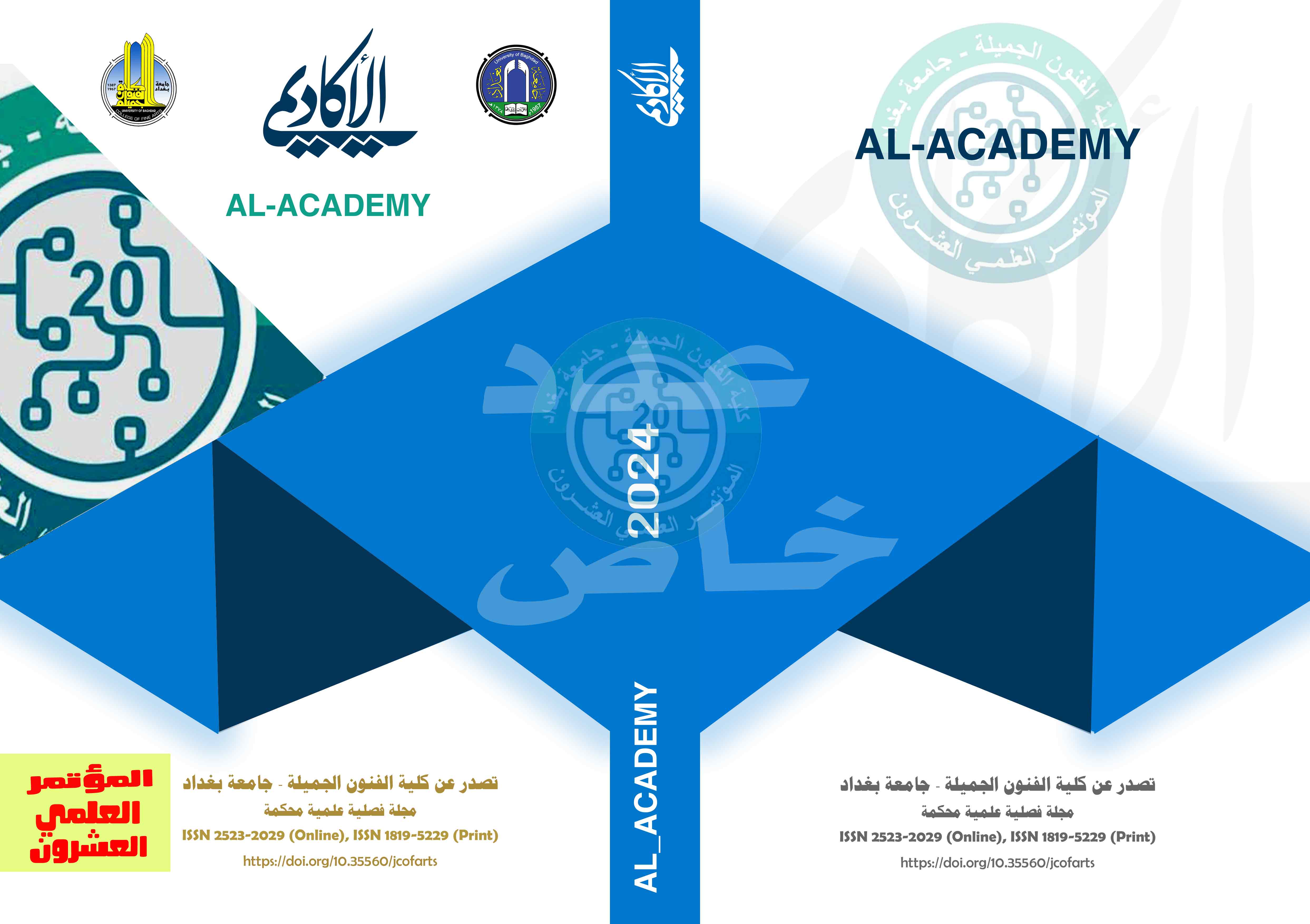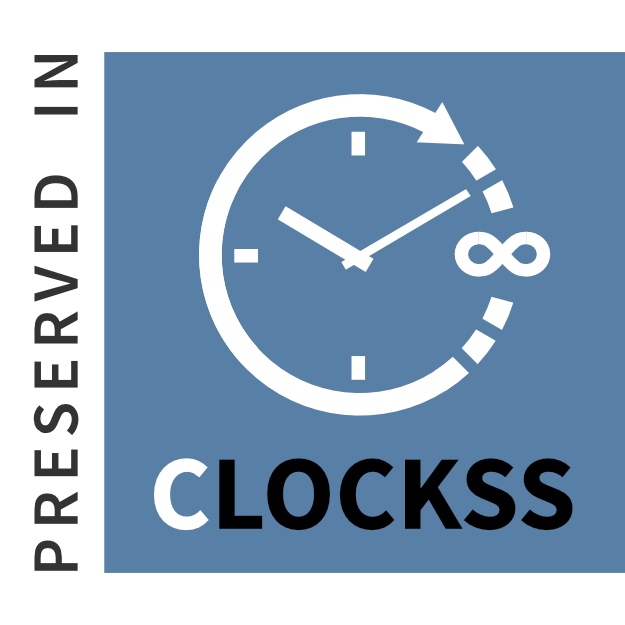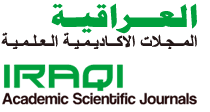Design variations in Moroccan calligraphy composition
DOI:
https://doi.org/10.35560/jcofarts1398Keywords:
design, variations, compositions, Moroccan calligraphyAbstract
This research was concerned with studying the design diversities in Moroccan calligraphy formations, as Arabic calligraphy received great attention from calligraphers, and was distinguished by the multiplicity of its types, shapes, and names, which indicates the development that Arabic calligraphy has witnessed. Through the context of these developments, Moroccan calligraphy came to express the role of Moroccans and their contribution to its development. The research included four chapters. The first chapter included the research problem, which was represented by the following question: What are the design diversities in the compositions of Moroccan calligraphy?
The researcher set the goal of the research, which is: revealing the design diversities in the compositions of Moroccan calligraphy, while the second chapter included two sections: the first: design diversity in the Moroccan calligraphy, and the second: the structure of the composition in the Moroccan calligraphy. The third chapter included the research procedures, and relied on the descriptive approach (method of analysis Content) The research community reached (51) samples of Moroccan script, and the research sample was intentionally selected with (5) models. This is followed by analysing the samples according to the research tool represented by the analysis form, the validity of which was confirmed by a group of specialists in this field, and then followed by Chapter Four. Which included results, conclusions, recommendations and proposals
References
Ibn Manzur, Jamal al-Din Muhammad bin Makram. Lisan al-Arab dictionary. Volume: 1, Sader Printing and Publishing House, Lebanon, 1955.
Abu Zaid, Muhammad. The age of the Almoravid Kufic script (study and application). Rabat, 2019.
Al-Azhari, Abu Mansour Muhammad bin Ahmed. Language refinement. Part 1, Egyptian House for Authoring and Translation, Arab Record Press, Cairo, D.T.
Al-Bandar, Aws Muhammad. Design discrepancies in the composition of the Thuluth Al-Jali script for identical texts. University of Baghdad, College of Fine Arts, 2013. (Master’s thesis).
Jarmat, Hussein Ali. The aesthetic values of the design variations in the clear thuluth script configurations. Department of Arabic Calligraphy and Ornamentation, College of Fine Arts, University of Baghdad, 2010. (Unpublished master’s thesis).
Juma, Ibrahim. A study of the development of Kufic writings in Egypt in the first five centuries. Baghdad, 1969.
Al-Hassani, Muhammad Abdel Hafeez Khubta. Moroccan calligraphy, its history and types. Horouf Arabiya Magazine, Issue 49, January, Jumada al-Awwal, Dubai, 2020.
Al-Husseini, Iyad Hussein Abdullah. Technical composition of Arabic calligraphy according to the principles of design. 1st edition, House of General Cultural Affairs, Iraq, 2002.
.--------, ------- Beauty in the art of Arabic calligraphy. Horouf Arabiya magazine, Issue 9, October, issued by the Culture and Arts Symposium, Dubai, 2000.
Al-Hamd, Ghanem Qaddouri. Arabic calligraphy, its development and types. Al-Hikma Magazine, Issue 12, 1997.
Daoud, Abdul Reda Bahia. Building rules for content semantics in linear configurations. Department of Design, College of Fine Arts, University of Baghdad, 1997. (Unpublished doctoral dissertation).
Stolnitz, Jerome. Art criticism. An aesthetic and philosophical study, translated by: Fouad Zakaria, Ain Shams University Press, Egypt, 1974.
Saleh, Abdul Aziz Hamid and others. Calligraphy. Higher Education Press, Ministry of Higher Education and Scientific Research, University of Baghdad, 1990.
Al-Tabbaa, Iyad Khaled. The Arabic manuscript (a study In the dimensions of time and place). Ministry of Culture, Syrian General Book Authority, Al-Assad Library, Damascus, 2011.
Al-Amili, Ibn Sammak. The splendor of ink In the rule of politics and management. Investigation: Suleiman Al-Qurashi, Dar Al-Kutub Al-Ilmiyyah, Beirut, Lebanon, 2004.
Abdel Amir, Safaa Lutfi and Dhari Mazhar Saleh. Unity and diversity of Islamic decoration in the Mosque of Cordoba. Journal of Studies in History and Archeology, Society of Historians and Archaeologists in Iraq, No. 4, 2001.
Abdel Qader, Baraa Saleh. Characteristics of Tajweed methods in Arabic calligraphy schools. Department of Arabic calligraphy and Ornamentation, College of Fine Arts, University of Baghdad,2004.(Amagister message that is not published).
Afifi, Fawzi Salem. The origins and development of Arabic calligraphic writing and its cultural and social role. 1st edition, Publications Agency, Kuwait, 1980.
Al-Farouqi, Ismail and Lamia Al-Farouqi. Atlas of Islamic Civilization. Riyadh, 1998.
Teachers, Muhammad. Facilitated Moroccan script (first booklet, simplified script, jeweled script, and Moroccan thuluth script). Publications of the Ministry of Endowments and Islamic Affairs, Morocco, 2012.
Yuldashev, Lekal. Art, Science and Beauty (The Small Encyclopedia – 275). See: Imad Jihad, House of General Cultural Affairs, Baghdad, 1987.














